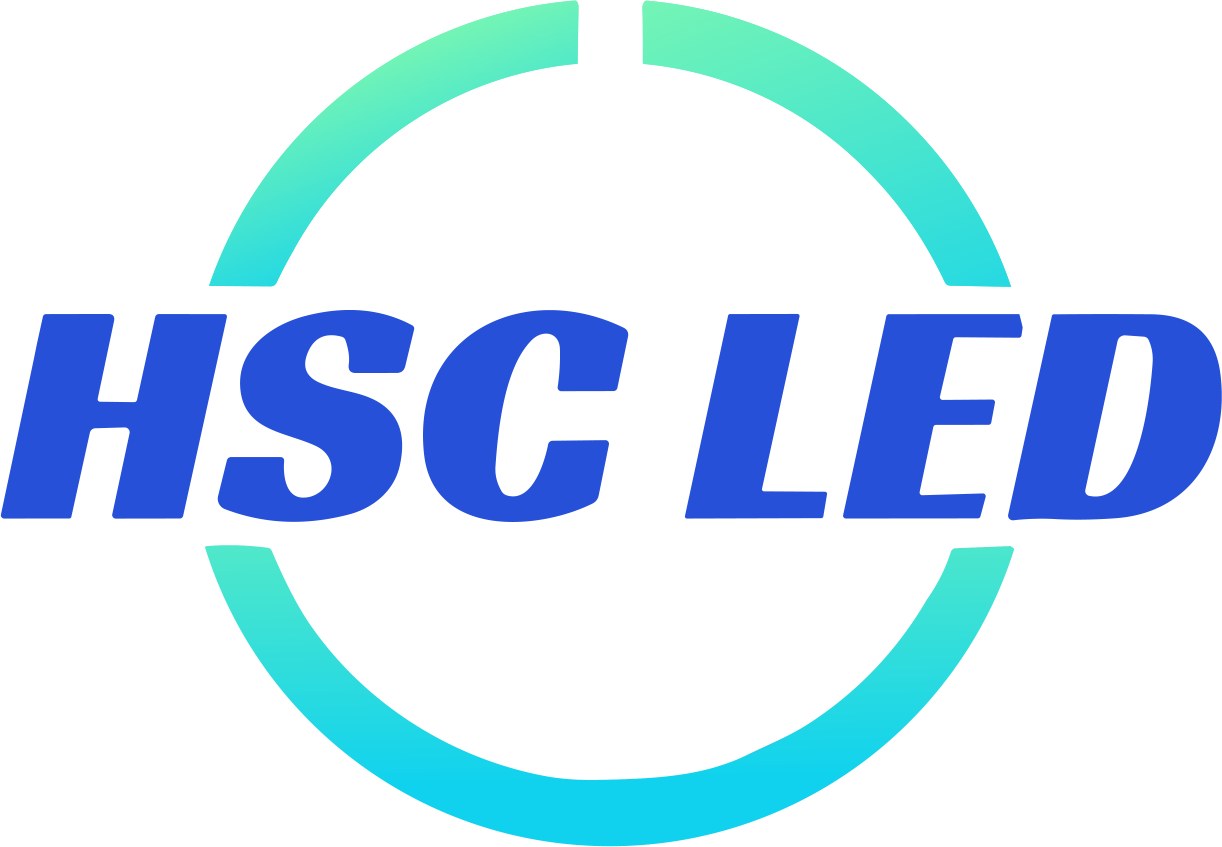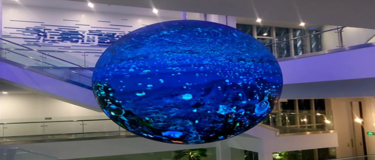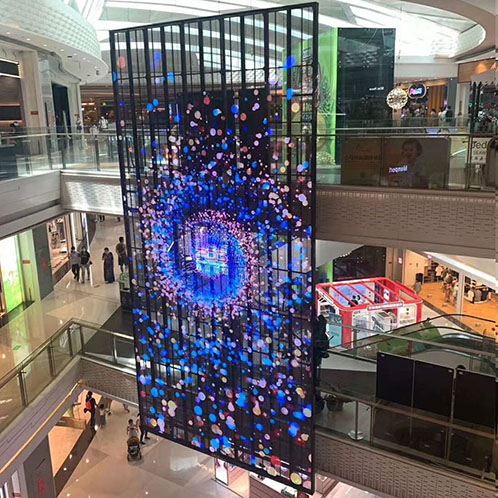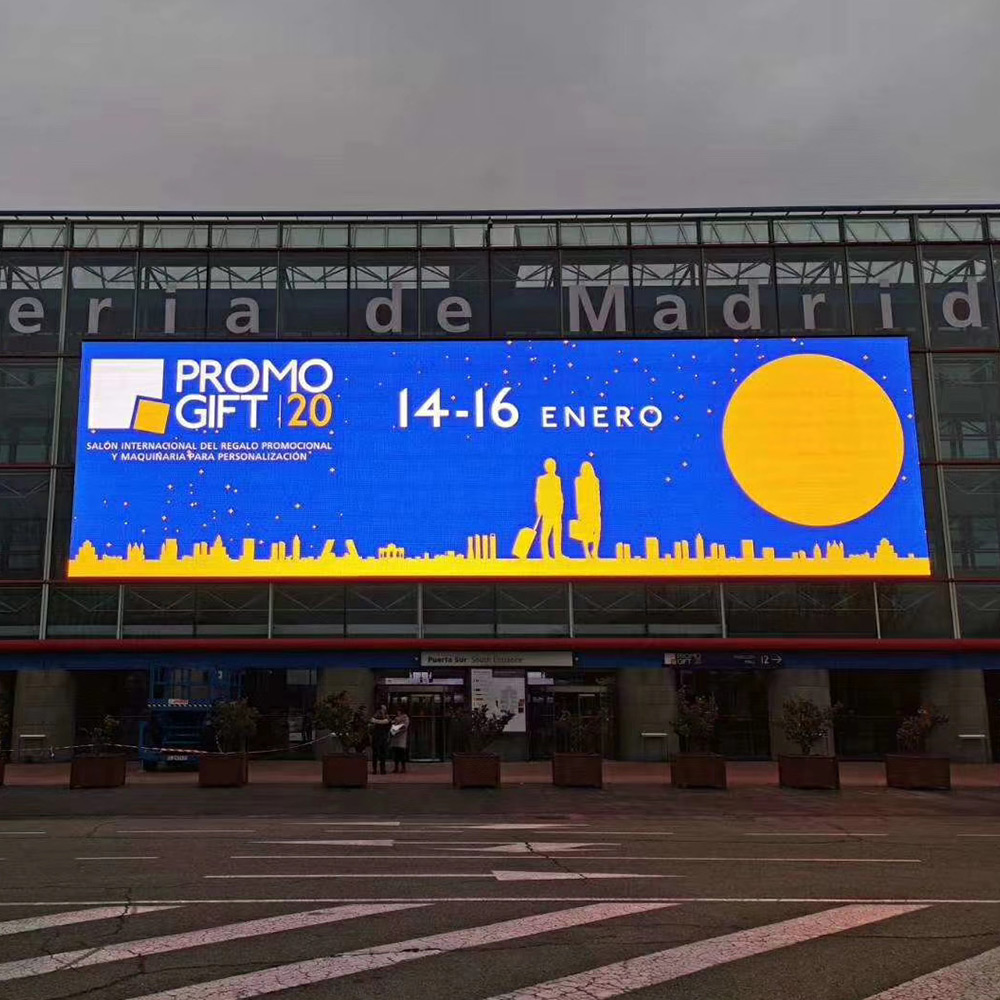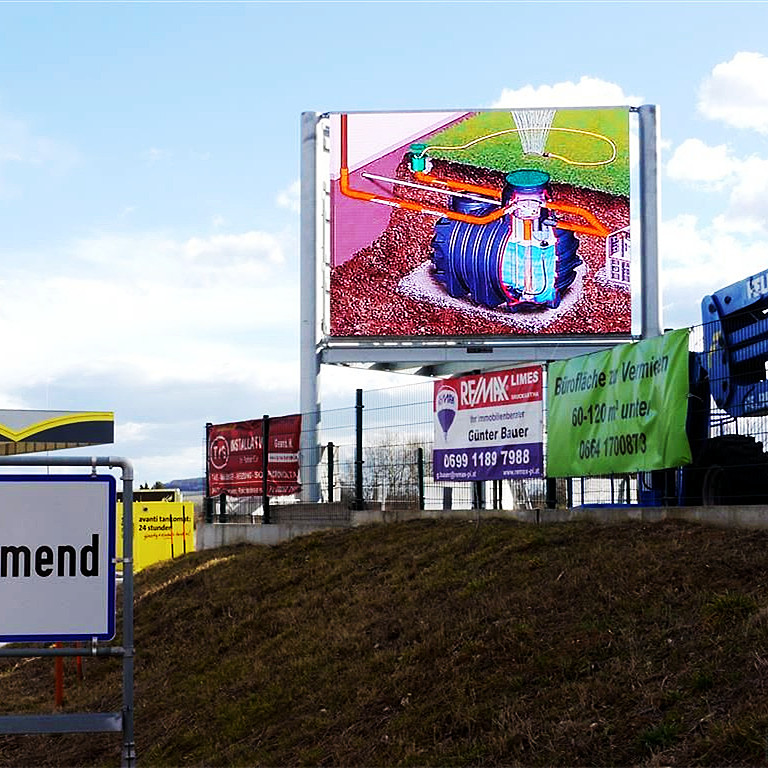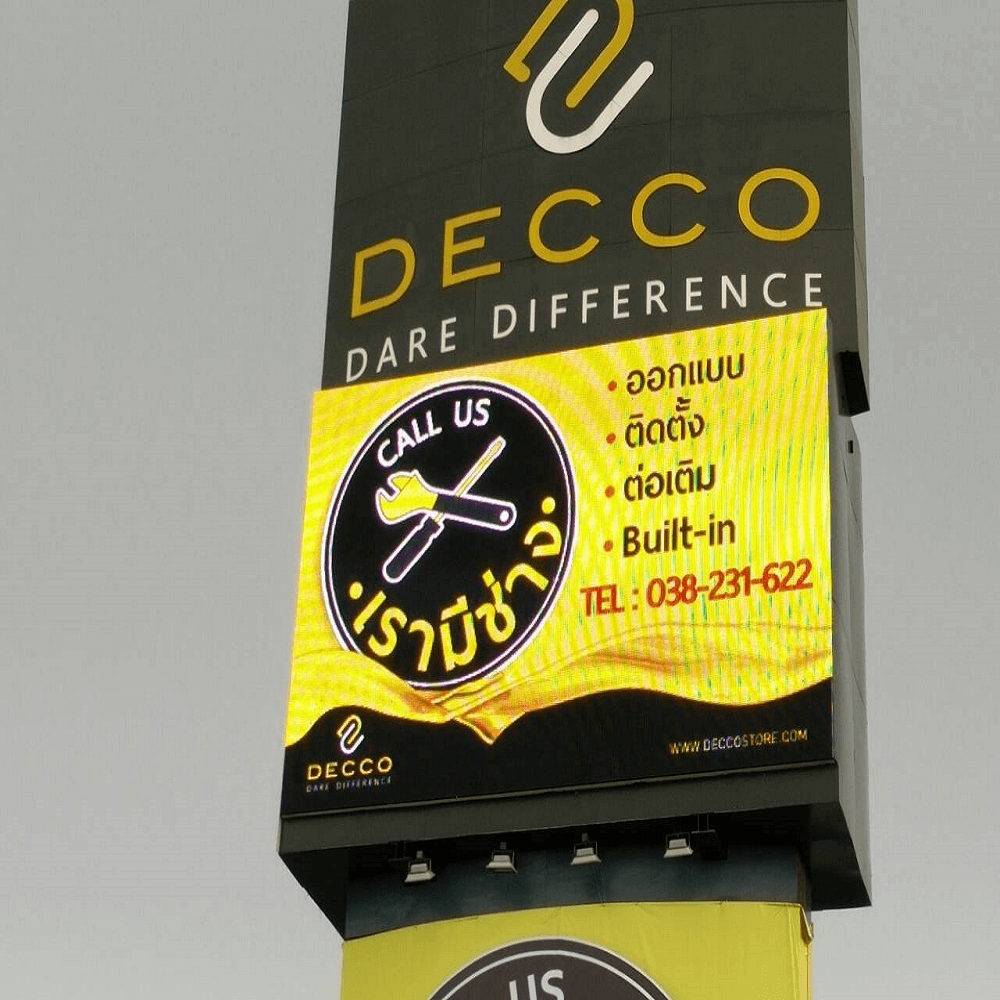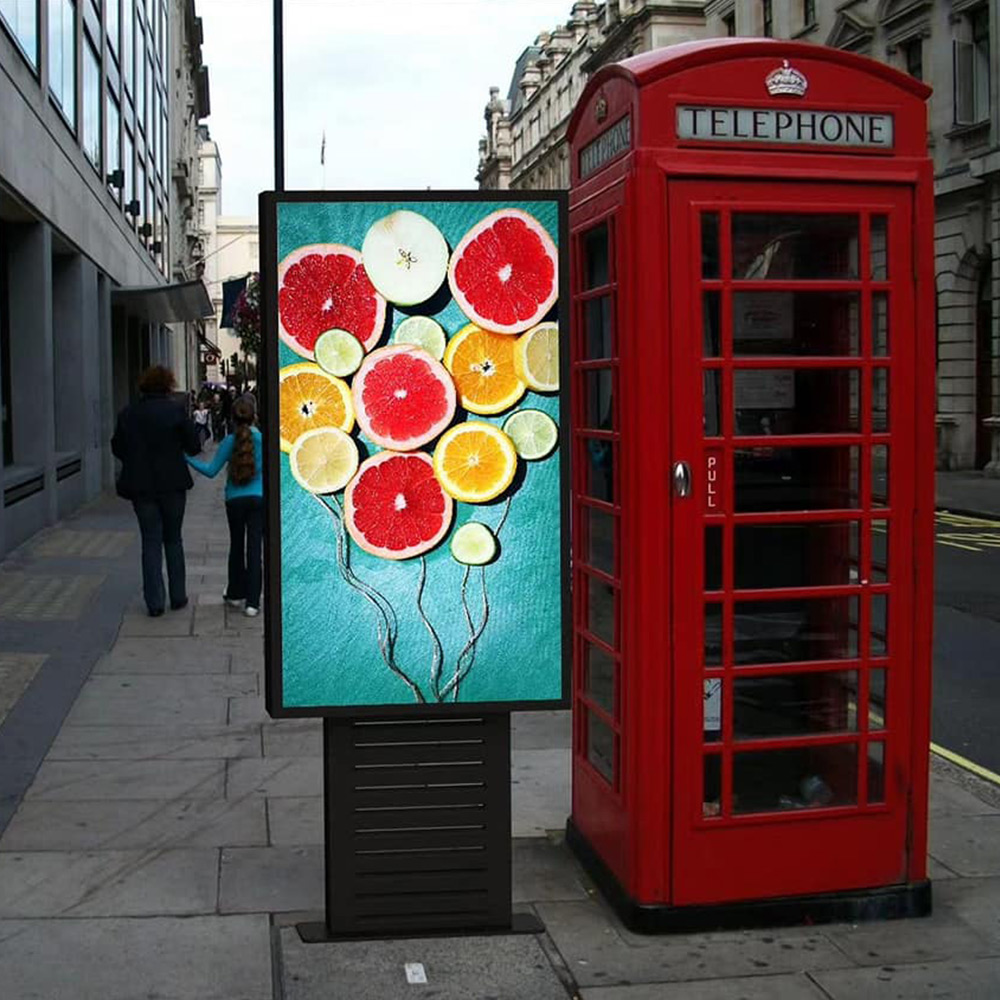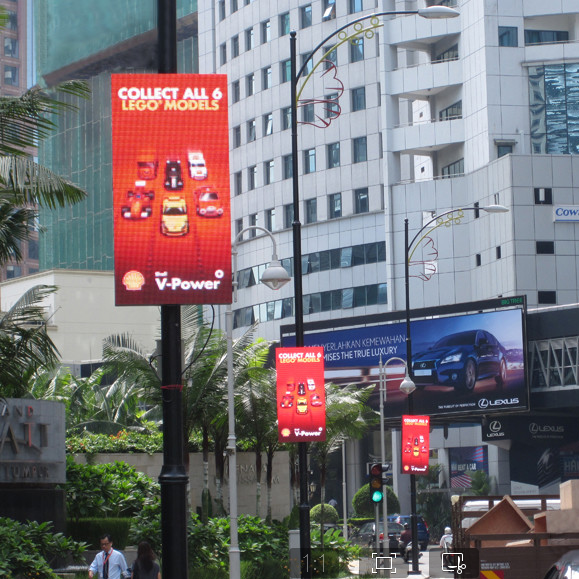Introduction
The world of display technology has been constantly evolving, and one of the most groundbreaking advancements in recent years is the development of flexible LED display screens. These marvels of engineering have taken the crisp, vibrant displays of traditional LEDs and turned them into malleable canvases that can bend, roll, and fold without compromising on quality or performance.
The Technology Behind Flexibility
At the heart of flexible LED screens lies a combination of organic materials and innovative substrates like polyimide that allow for their bending properties. These materials are applied in thin, light layers, which are then encapsulated to protect them from environmental factors. The result is a display that can be twisted and shaped in ways that were once thought impossible for electronic components.
Advantages of Flexible LED Display Screens
Flexible LED display screens bring a host of advantages that cater to various industries and applications. Their innovative design and advanced technology offer several benefits over traditional rigid LED panels. Here’s an insight into the key advantages they provide:
1. Versatility in Design:
Flexible LED screens can be bent, curved, and shaped to fit a variety of unconventional surfaces, which allows for creative designs that were not possible with traditional flat screens. This versatility opens up new avenues for architects, designers, and advertisers to create unique visual displays.
2. Lightweight and Thin Construction:
Due to their flexible nature, these screens are typically lighter and thinner than standard LED displays. This makes them easier to transport and install, and less invasive to structures and surfaces where they are mounted.
3. Enhanced Visual Experience:
The ability to wrap around structures and conform to different shapes allows flexible LED screens to offer a more immersive visual experience. Curved displays can provide wider viewing angles, ensuring that content is visible from various perspectives without distortion.
4. Improved Aesthetics:
When not in use, flexible screens can blend into the environment more seamlessly than traditional displays. Their ability to take on the contour of the mounting surface can complement the aesthetic of the surrounding space.
5. Customization:
Flexible LED displays can be custom-made to specific sizes and shapes to fit the exact needs of a project, giving businesses and individuals the ability to personalize their displays to a greater extent than with standard screens.
6. Innovation in Advertising:
For advertising, flexible LED displays can create more engaging campaigns that catch the eye. The novelty and movement inherent in their design can attract attention in a way that static, flat advertisements cannot.
These advantages make flexible LED displays a compelling choice for businesses, advertisers, event organizers, and various industries looking for dynamic and engaging ways to display content. As technology continues to advance, the applications and benefits of flexible LED displays are likely to expand even further.
Applications of Flexible LED Displays
Flexible LED displays have opened up a myriad of possibilities in various industries due to their versatility and innovative design. Here's an overview of the various applications of flexible LED displays:
1. Retail and Commercial Advertising:
Flexible LED displays are revolutionizing the retail environment by enabling stores to turn their storefront windows into dynamic advertising spaces. Their ability to conform to curved surfaces allows for creative and eye-catching marketing that engages passersby and enhances brand visibility.
2. Entertainment and Stage Design:
In the entertainment industry, flexible LED screens are a game-changer for stage design. They can be used to create immersive backdrops that enhance the visual experience of concerts, theater productions, and live shows. Their flexibility allows for quick changes in scenery and dynamic visual effects that synchronize with performances.
3. Trade Shows and Exhibitions:
At trade shows, flexible LED displays serve as striking visual elements that attract attendees to booths and exhibitions. They can be easily transported and configured to fit various spaces, providing a high-impact display solution that stands out in crowded event halls.
4. Architecture and Interior Design:
Architects and interior designers are embracing flexible LED displays to integrate digital art and signage into the fabric of buildings. Curved walls, columns, and even ceilings can become canvases for ambient lighting or informational displays without the constraints of traditional flat screens.
5. Automotive Industry:
The automotive industry is exploring the use of flexible LED technology for both exterior and interior applications. Car manufacturers are incorporating flexible displays into vehicle designs for dashboard interfaces, control panels, and even exterior lighting to enhance functionality and aesthetics.
The applications of flexible LED displays are continually expanding as the technology matures and becomes more cost-effective. With their ability to enhance user experience and engagement across multiple domains, flexible LED displays are fast becoming a go-to solution for digital display needs.
Challenges and Considerations
Despite their potential, flexible LED screens come with their own set of challenges. The cost of production remains high, limiting their accessibility and widespread use. There are technical hurdles in manufacturing processes that must be overcome to ensure uniformity and longevity of the displays. Additionally, there are limitations to the current size and resolution that can be achieved without compromising flexibility.
Future Trends and Developments
The future for flexible LED display screens is bright, with developments underway that integrate them with the Internet of Things (IoT) and smart technologies, making them more interactive and responsive to users' needs. Sustainability is becoming a significant focus, with efforts to minimize the environmental impact of display production and disposal. The market for flexible LEDs is set to expand into new sectors, with potential growth in areas like automotive design, where dashboards and control panels can become more ergonomic and user-friendly.
Conclusion
Flexible LED display screensare more than a technological novelty; they represent a significant shift in how we view and interact with information in our physical environment. As we look to the future, the potential applications and developments for this technology are only limited by our imagination. The era of flexibility has just begun, and it promises to reshape our world in vibrant, dynamic ways.
